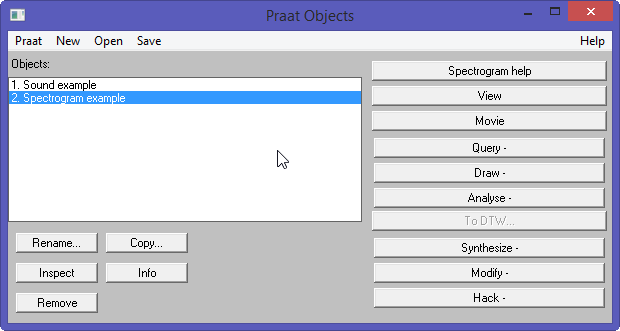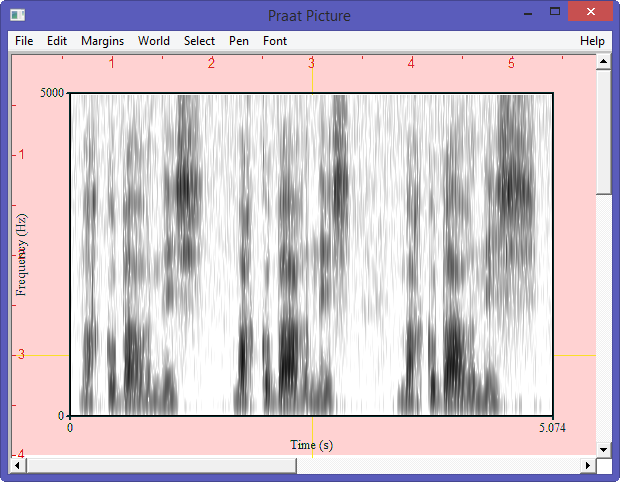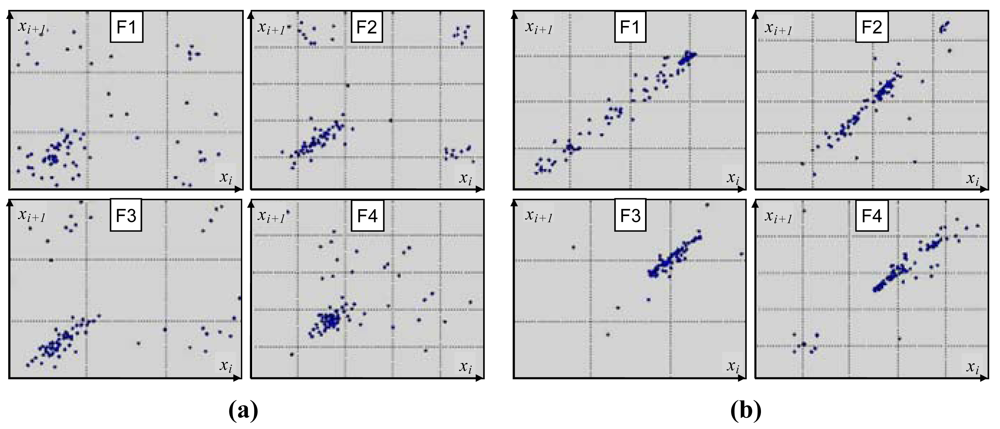

Effects of tone and focus on the formation and alignment of F0 contours. Consistency of tone-syllable alignment across different syllable structures and speaking rates.

Acoustic Segment Durations in Prosodic Research: A Practical Guide. Journal of the Acoustical Society of America, Acoustical Society of America, v. Toward a model for lexical access based on acoustic landmarks and distinctive features. Effects of vowel length and “right context” on the alignment of Dutch nuclear accents. Ecological Psychology, Francis & Taylor Online, v. A dynamical approach to gestural patterning in speech production. Coarticulation in VCV utterances: Spectrographic measurements. In: INTERNATIONAL SYMPOSIUM CHINESE SPOKEN LANGUAGE PROCESSING (ISCSLP), 10th., Tianjin, China, 2016. Vowels as acoustic cues for sub-dialect identification in Chinese. Dissecting coarticulation: How locus equations happen. Second Language Research, Hong Kong, 2017. Acquisition of Japanese quantity contrasts by L1 Cantonese speakers. Constant “segmental anchoring” of F0 movements under changes in speech rate. Determining the extent of coarticulation: effects of experimental design. Coarticulation as an epiphenomenon of syllable-synchronized target approximation-Evidence from F0-aligned formant trajectories in Mandarin. Coordination and coarticulation in speech production. Journal of the Acoustical Society of America, v. Articulatory limit and extreme segmental reduction in Taiwan Mandarin. Phonetica, International Society of Phonetic Sciences, v. Phonological under specification and speech motor organization.

Glot International, Blackwell Publishing, v. Praat, a system for doing phonetics by computer. What does incipient/ay/-raising look like?: A response to Josef Fruehwald. Stability of tonal alignment: the case of Greek prenuclear accents. Palavras-chave: FormantPro trajetórias dos formantes segmentação silábicaĪRVANITI, A. O alinhamento de trajetórias contínuas de formantes geradas pelo FormantPro oferecem evidência de que os escopos temporais de consoantes e vogais são muito diferentes daqueles baseados em visões convencionais, e de que as fronteiras acústicas e articulatórias dos segmentos são fundamentalmente semelhantes. Como ilustração da sua usabilidade, dados preliminares de um estudo sobre segmentação silábica em mandarim foram apresentados. O programa também permite aos usuários gerar médias de trajetórias e medidas discretas calculadas a partir das médias de repetições e de falantes. O programa gera um rico conjunto de métricas de saída, incluindo contornos contínuos, como as trajetórias de formantes normalizadas temporalmente e perfis de velocidade de formantes adequados para comparações gráficas diretas, bem como medidas discretas adequadas para a análise estatística. Resumo: Este artigo apresenta o FormantPro, uma ferramenta que roda no Praat, dedicada à análise sistemática e em larga escala dos movimentos de formantes, especialmente para dados de natureza experimental. Keywords: FormantPro formant trajectories syllable segmentation. The alignment of continuous formant trajectories enabled by FormantPro provides evidence that the temporal scopes of consonants and vowels are very different from those based on conventional views, and that acoustic and articulatory boundaries of segments are fundamentally similar. As an illustration of its usage, data from a preliminary study of syllable segmentation in Mandarin were presented. It also allows users to generate mean trajectories and discrete measurements averaged across repetitions and speakers. The program generates a rich set of output metrics, including continuous contours like time-normalized formant trajectories and formant velocity profiles suitable for direct graphical comparisons, and discrete measurements suitable for statistical analysis. Abstract: This paper introduces FormantPro, a Praat-based tool for large-scale, systematic analysis of formant movements, especially for experimental data.


 0 kommentar(er)
0 kommentar(er)
